Protected by the delta of the Maggia River, thanks to its strategic location Ascona was inhabited as early as prehistoric times and then in Roman times when it was traversed by trade between the northern Alps and the Po Valley, as archaeological discoveries note. In the Middle Ages, Ascona had a rights market and solid fortifications erected by local aristocratic families, partial traces of which remain. To this period belongs the castle of San Materno, which has been returned to its former glory thanks to a restoration that has enhanced its value and transformed it into an exhibition and museum venue in collaboration with the “Kurt and Barbara Alten” foundation for culture, which focuses on German art between the late 19th century and the early postwar period. Also dating back to the Middle Ages is the church of Saints Peter and Paul, remodelled in the Baroque period, whose bell tower-one of Ascona’s symbols-inspired the architect Pisoni, a native of the village, in designing the Solothurn cathedral in the 18th century.
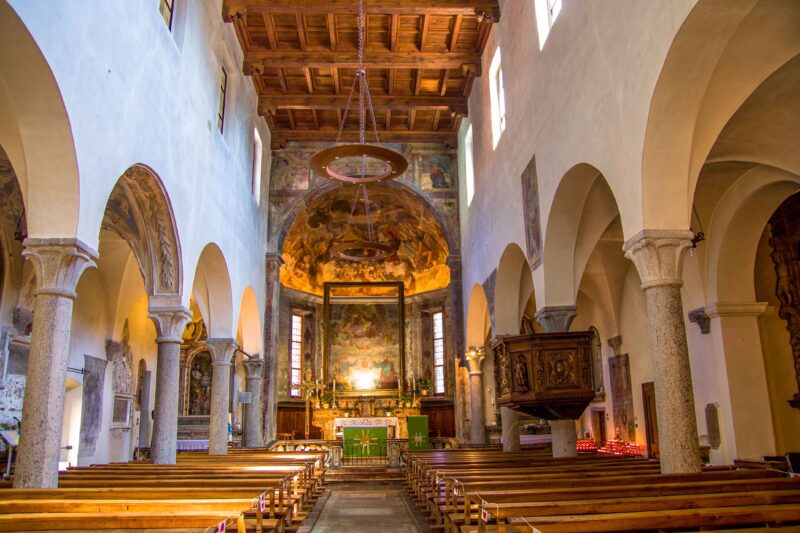
Under Swiss rule, Ascona was enriched with patrician residences such as the Casa Serodine, with its facade decorated with fine stucco work. Today the building, dating back to 1620, belongs to the Ascona Patriziato.
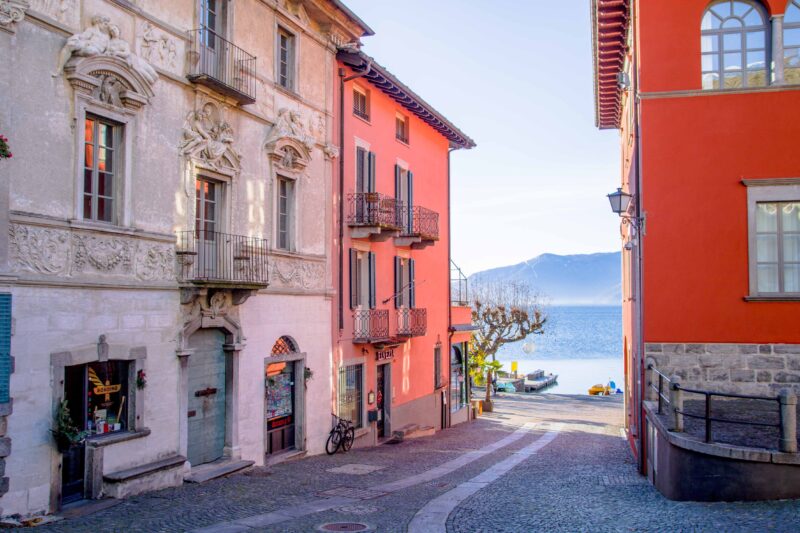
Local figures include Jesuit Peter Berno (1552- 1583), the first Swiss to establish relations with India and also the only one to die a martyr. For this reason, he was beatified by Pope Leo XIII, and his head was preserved as a relic in the parish church. Ascona’s ties to the Catholic faith are evident in the municipality’s heraldic coat of arms, which features the keys of St. Peter with the papal tiara, and in the Papio College, financed by wealthy Ascona resident Bartolomeo Papio, who, in 1580 worked to establish a seminary, of which Cardinal Carlo Borromeo was executor.
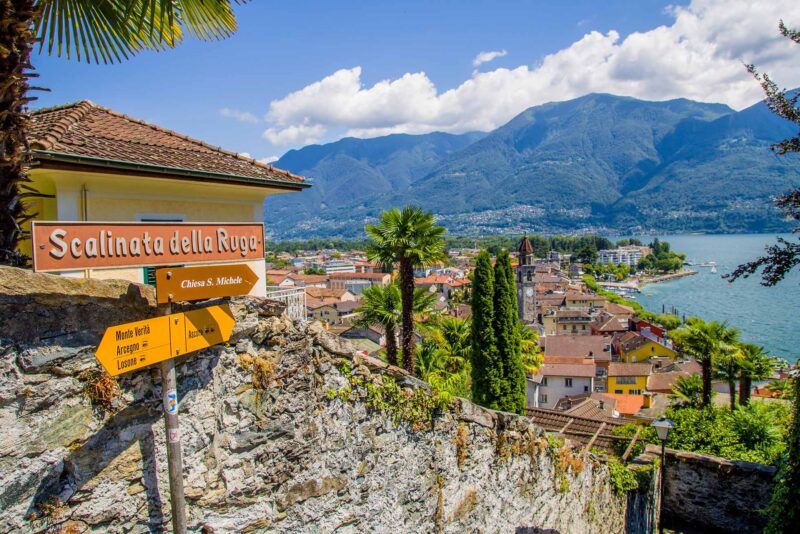
For the building of the new college, the Archbishop of Milan employed the services of architect Tibaldo Pellegrini, whose cloister can be admired, showing the sculpted busts and coats of arms of the various prelates who succeeded in leading the college over time. In addition to the Catholic religion, spirituality has found hospitality in Ascona in the naturist and vegetarian colony called Monte Verità, which grew out of the movement founded in the Swiss-German environment in the early 20th century by Ida Hofmann and Henri Oedenkoven. Monte Verità sparked the development of tourism, especially Germanic tourism, so much so that in the 1970s, a German car manufacturer would name one of its top models after the Swiss village: the legendary “Opel Ascona.”
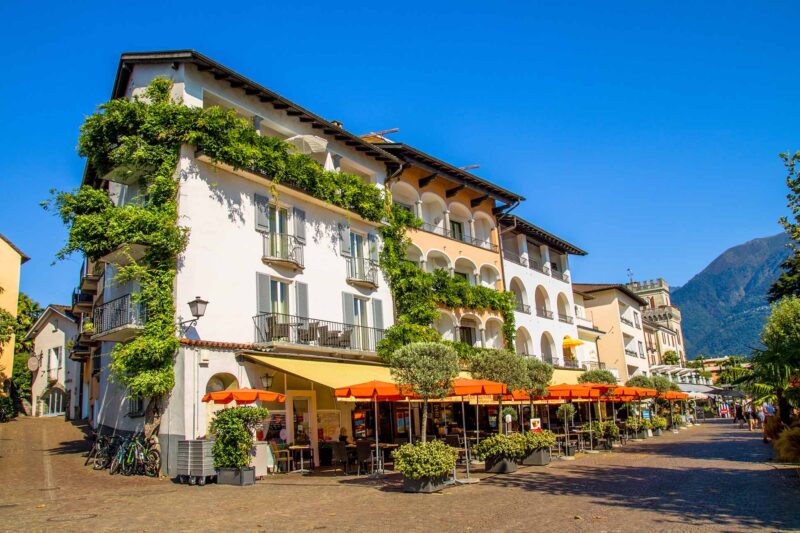
In 2016 the municipality joined the association of “The most beautiful Villages in Switzerland”. Elegant and refined, picturesque and romantic, Ascona is a jewel with Mediterranean charm (palm trees are everywhere) on Swiss soil. The narrow streets of the old town, filled with art galleries, antique stores, boutiques and restaurants, lead to the beautiful lakefront that was pedestrianized many years ago and is now the stage for events such as the Jazz Festival and the street artists’ festival. In Via Borgo, the refined corso of this town, the Majid Foundation can be found, which exhibits works by interesting artists with innovative ideas. Mediterranean air, Teutonic spirit and Swiss serenity: this is Ascona.
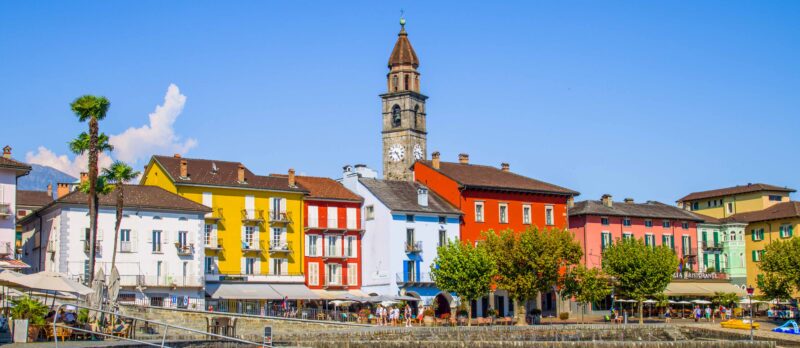
Article edit by Kevin Quattropani e Francesco Cerea
Photo by Christian Guerra
Enjoy even more @ www.swissvillages.org
Socials IG: @swissvillages

